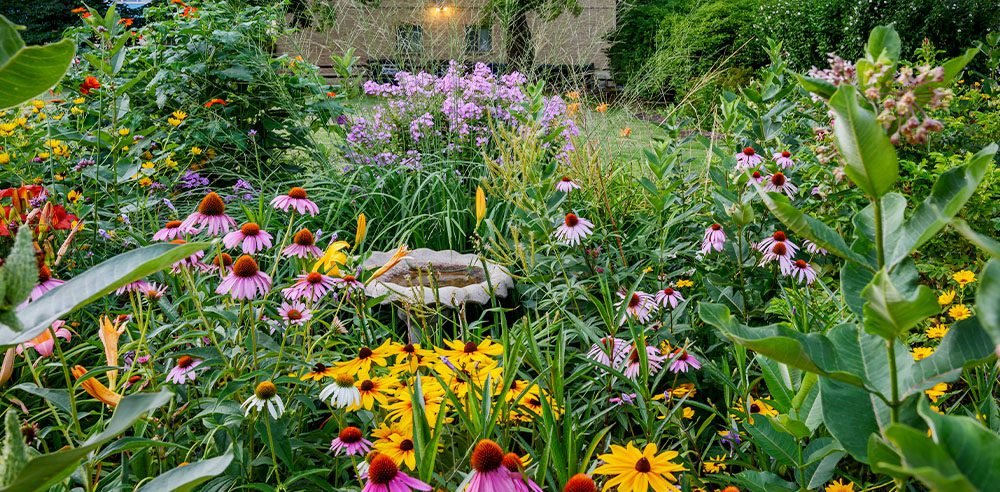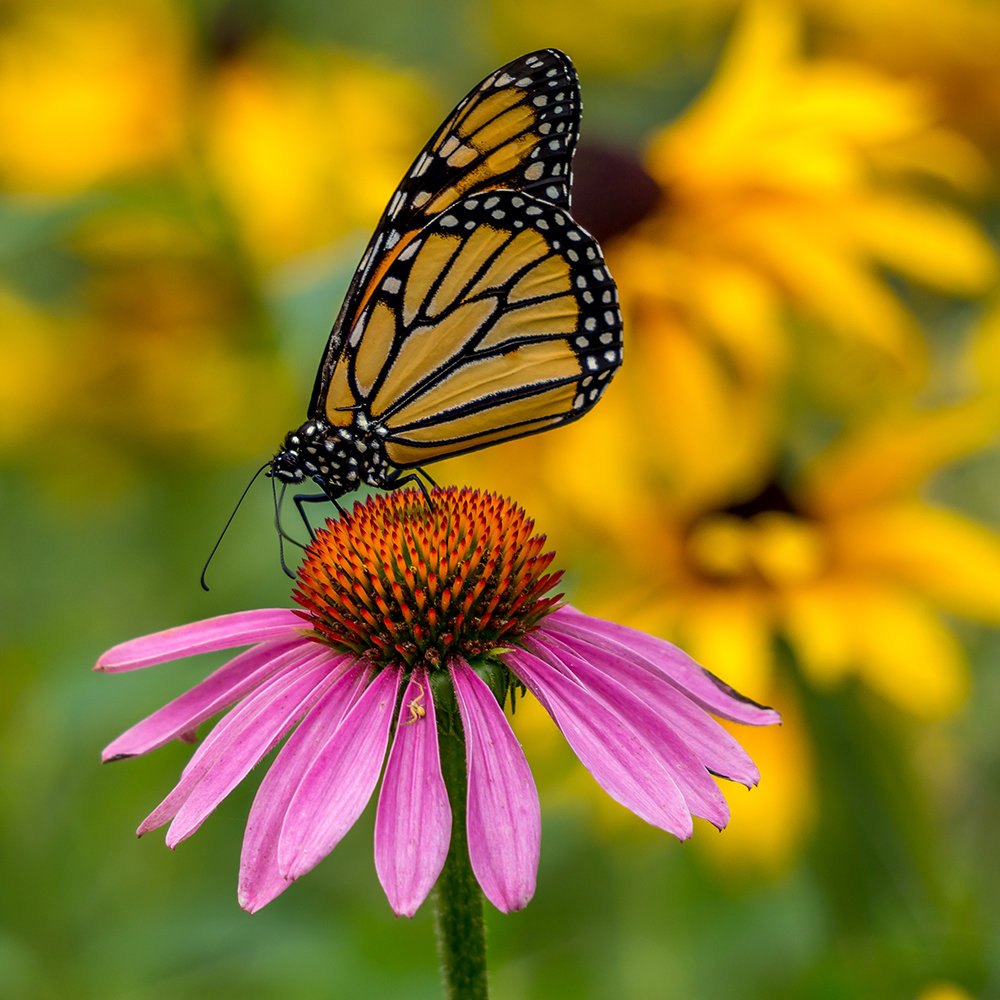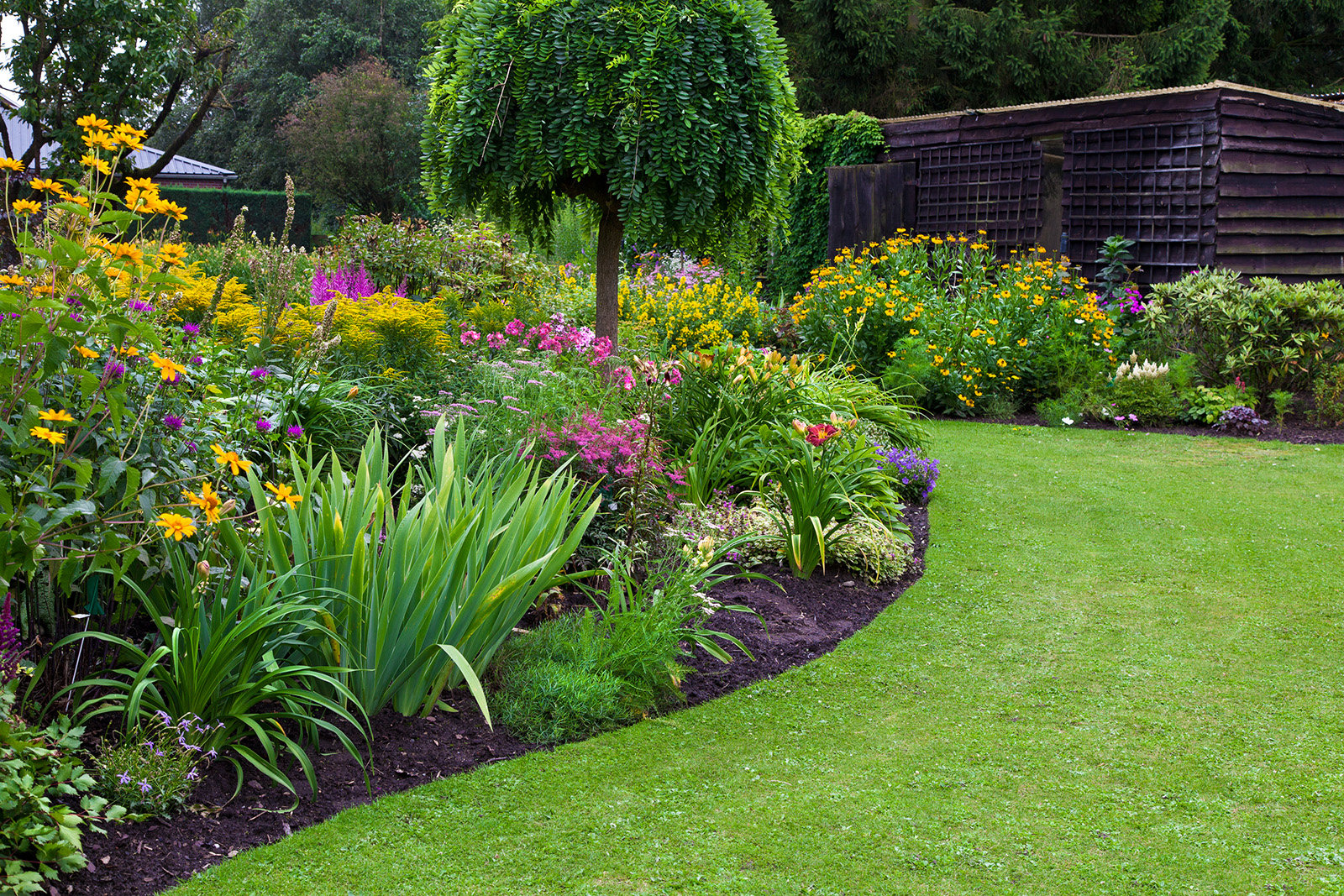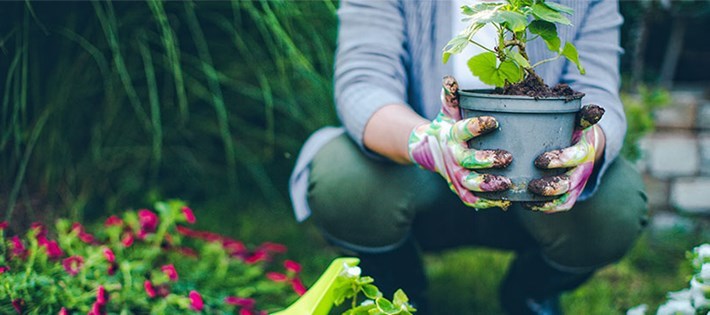Gardening is not just about beautifying your space; it's about creating a sustainable environment that supports local ecosystems. For those of us in Durham Region, this means embracing native plants in our gardening projects. Planting with native species not only enhances the natural beauty of our gardens but also provides essential habitats for wildlife and reduces the maintenance and resources typically required. Here’s how you can get started on planting a native garden at your home in Durham Region.

Why Choose Native Plants?
1. Environmental Benefits: Native plants are adapted to our local climate and soil conditions, which means they require less water and are more resistant to pests and diseases prevalent in our area. This reduces the need for chemical fertilizers and pesticides, making your garden a safer place for wildlife, pets, and people.
2. Support for Local Wildlife: Native plants provide crucial habitats for local wildlife. They offer nourishment and shelter for various birds, butterflies, and other native species, which helps to preserve biodiversity.
3. Low Maintenance: Once established, native plants generally require less upkeep than their non-native counterparts because they are adapted to survive in our specific weather conditions.

Choosing the Right Plants
Selecting the right plants is crucial for the success of your native garden. In Durham Region, consider these species known for their hardiness and ecological benefits:
- Wildflowers: Black-eyed Susan (Rudbeckia hirta) and Canada Goldenrod (Solidago canadensis) are excellent for attracting pollinators.
- Shrubs: Serviceberry (Amelanchier canadensis) and Dogwood (Cornus spp.) not only add beautiful blooms and foliage but also provide berries for birds.
- Trees: Eastern White Pine (Pinus strobus) and Red Maple (Acer rubrum) are iconic in Ontario landscapes and offer significant shade and habitat.

How to Get Started
1. Planning Your Space: Assess your garden area considering the amount of sunlight, soil type, and moisture level. This will help you determine which plants are best suited for your specific conditions.
2. Soil Preparation: Most native plants thrive in undisturbed soil. However, it’s essential to clear the area of any invasive species and improve the soil with organic matter if it is overly compacted or nutrient-deficient.
3. Planting: When planting, give each plant enough room to grow to its full size. Remember that native plants spread more quickly in a conducive environment, so spacing is crucial.
4. Mulching: Apply a layer of organic mulch around your plants. This will help retain moisture, suppress weeds, and provide nutrients as it decomposes.
5. Watering: Initially, your plants will need more frequent watering to help establish roots. Once established, they will generally manage with natural rainfall.
Maintaining Your Native Garden
Maintaining a native garden is relatively straightforward. Monitor your plants to ensure they are healthy and establish well. Prune dead or diseased branches and divide perennials as necessary to keep them vigorous and prevent them from overcrowding their space.

Resources and Support
For local expertise, visit the North American Native Plant Society or the Durham Region Master Gardeners. These organizations offer workshops, plant sales, and advice tailored to our local flora and conditions.
Conclusion
Planting a native garden in Durham Region not only enhances your home’s landscape but also contributes positively to the local ecosystem. By choosing the right plants and following simple gardening practices, you can enjoy a vibrant, sustainable garden that supports the natural heritage of Ontario. Happy gardening!
Posted by Dan Plowman on

Leave A Comment